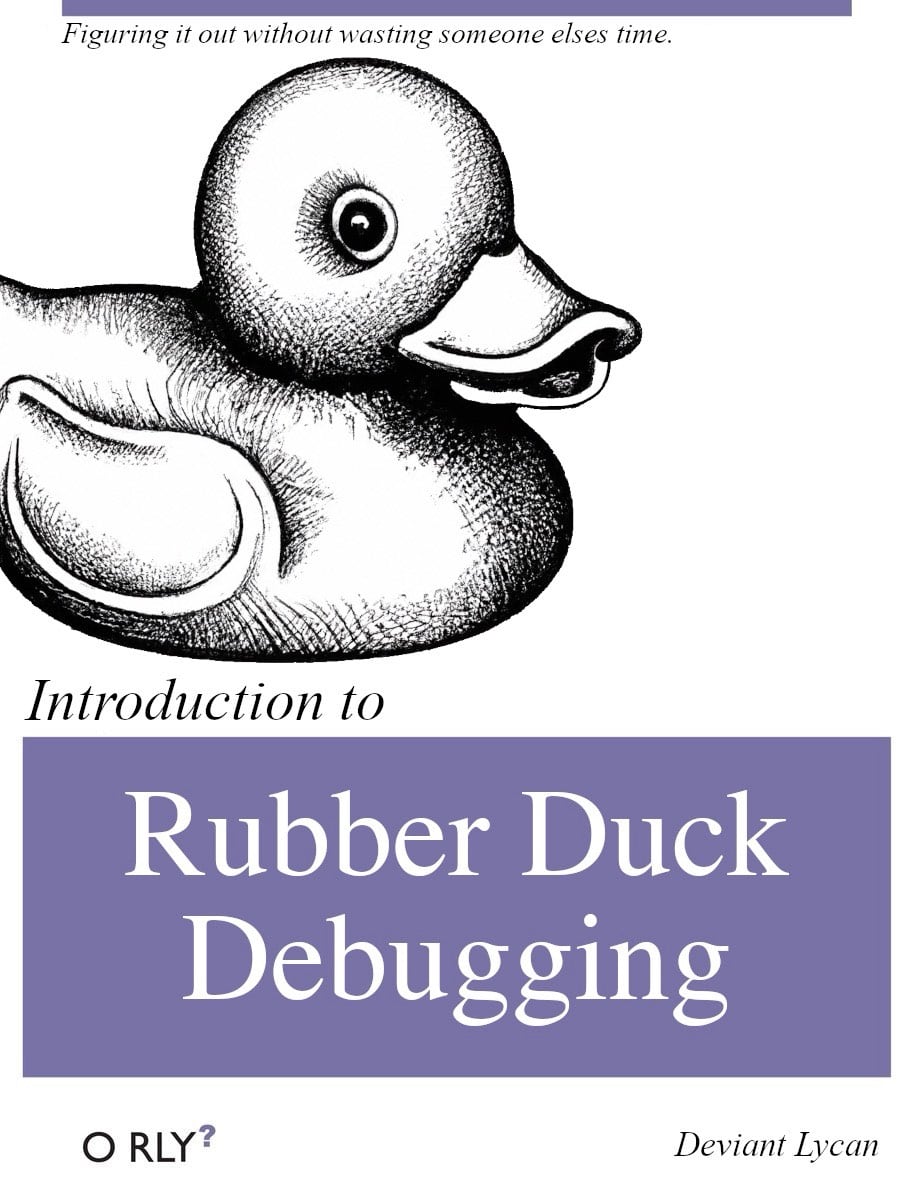
In the vibrant and bustling world of Codeville, a place where the air is thick with the hum of computers and the scent of freshly brewed coffee, a peculiar yet profoundly effective debugging technique has taken root among the community of developers, both novice and seasoned alike: "Rubber Duck Debugging." This practice, as whimsical as it sounds, involves explaining one's code, line by line, to an inanimate rubber duck, in the hope of uncovering bugs and solving coding conundrums without the need to involve another human being.
At the center of our story is Jamie, a junior developer whose journey through the maze of code and complex algorithms has been marked by moments of brilliance as well as bouts of baffling bugs. Jamie, like many before them, often found themselves at a crossroads, teetering between the desire to seek immediate help for every minor issue and the determination to develop self-reliance and problem-solving skills.
It was during one of these moments of uncertainty that Jamie discovered the legend of "Rubber Duck Debugging: Figuring it out without wasting someone else's time." Armed with a newfound sense of curiosity and a modest yellow rubber duck, a gift from a more experienced colleague, Jamie embarked on a journey of discovery and self-improvement.
The ritual was simple yet oddly cathartic. Jamie would sit at their desk, the rubber duck perched attentively on the monitor, and begin to explain their code in the simplest terms possible. Each variable, function, and loop was laid bare, subjected to the scrutiny of Jamie's narration and the duck's silent gaze.
To Jamie's astonishment, the process proved remarkably effective. More often than not, the act of verbalizing their thought process illuminated oversights and errors that had previously lurked unseen amidst the lines of code. The rubber duck, a silent confidant, became an indispensable tool in Jamie's debugging arsenal, a symbol of the power of clear thinking and articulation.
The technique, however, was not without its moments of humor and humility. Colleagues passing by Jamie's desk would often pause, a mixture of amusement and intrigue on their faces as they witnessed the earnest conversation between developer and duck. Yet, these moments of levity only served to strengthen the sense of community within the office, as others were inspired to adopt rubber duck debugging themselves, leading to a collection of colorful ducks adorning desks throughout the workspace.
"Rubber Duck Debugging: Figuring it out without wasting someone else's time" became more than just a debugging technique; it evolved into a philosophy, a testament to the value of patience, persistence, and the willingness to embrace unconventional methods in the pursuit of understanding. Jamie, once a novice developer, grew in confidence and competence, their trusty rubber duck by their side through every challenge and victory.
And so, in the annals of Codeville, the tale of rubber duck debugging stands as a reminder that sometimes, the simplest solutions are the most effective, and that the journey to becoming a better developer is one filled with continuous learning, self-reflection, and, occasionally, a little bit of whimsy.